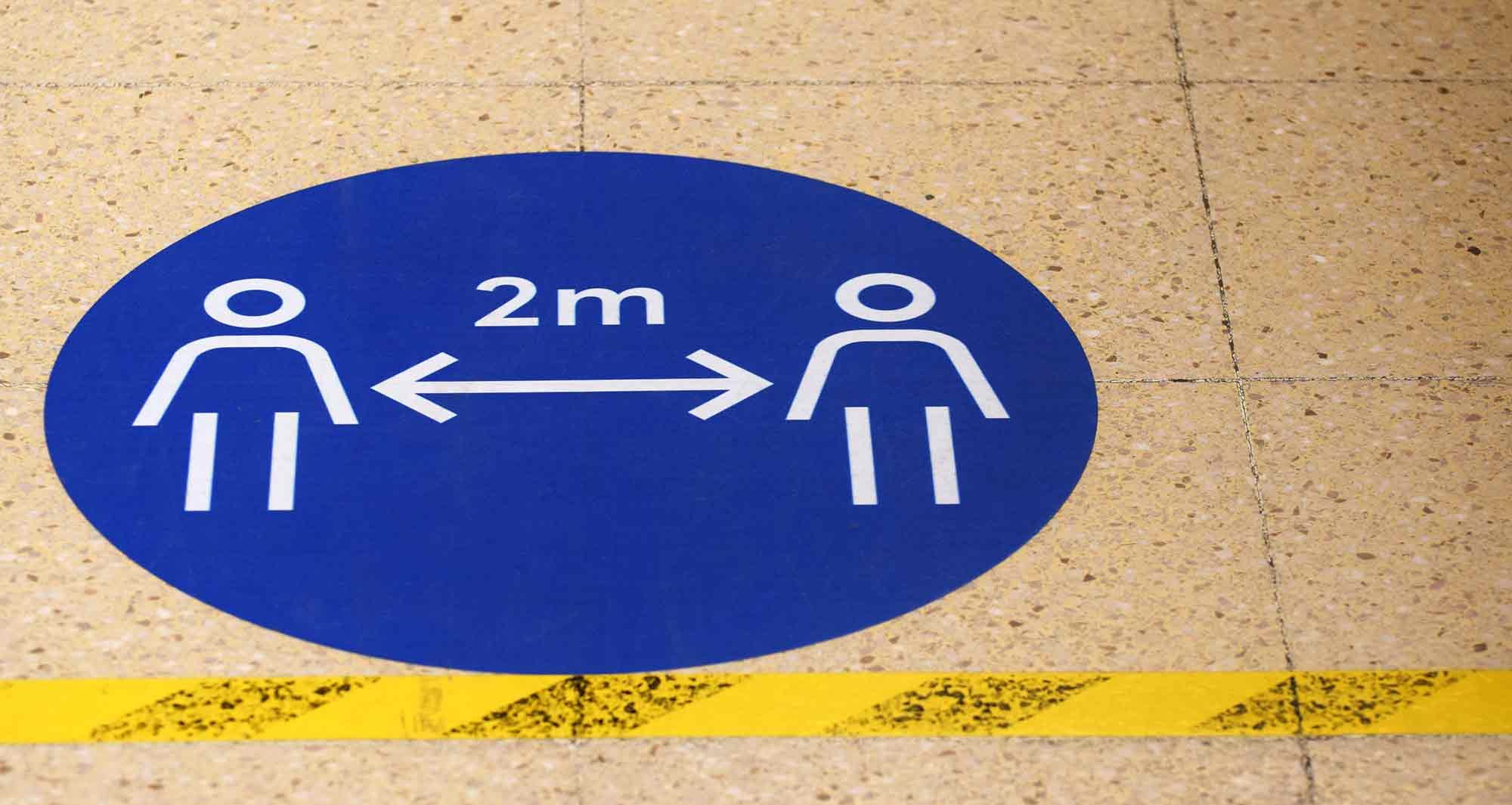 Katherine Kaczmarczyk talks about her new role as a clinical contact tracer and the part it plays in combatting COVID-19.
Katherine Kaczmarczyk talks about her new role as a clinical contact tracer and the part it plays in combatting COVID-19.
When I heard about dentists being recruited to man the NHS’s new COVID-19 test and trace system, I couldn’t say no. Like many other dentists, I had signed up for hospital redeployment but had not been needed. This seemed like the perfect opportunity to do something useful in the fight against COVID-19.
The Test and Trace system aims to help move the UK into the next phase of easing lockdown. It will mean the general public will be able to get back to normality and only those at risk will need to isolate. Countries like Germany and South Korea have already shown how systems like this can be very successful.
How it works
Currently the general public are encouraged to isolate and book in for a test if they have at least one of 3 symptoms:
- High temperature to the touch on your chest or back
- Continuous cough for more than an hour or three episodes in 24 hours
- Change or loss of smell or taste.
Tests can be booked online or over the phone. If the patient has a positive test result then they are sent a link via email or mobile where they can access the Test and Trace questionnaire themselves. Some patients do not have access to the internet or need help filling in the questions.
As a dentist, I have been given one of 3,000 tier 2 roles, which means you contact these patients directly by phone. You get the consent of the patients to fill in the questionnaire on their behalf as a proxy. The questionnaire has been developed by Public Health England (PHE) and the average call takes less than 45 minutes.
You are employed by NHS Professionals and book shifts via their bank system. The work is flexible, and as many dentists have been taken on as volunteers. This means the shifts can be booked around other commitments like work or childcare.
My job is to explain the Test and Trace system, collect information about who a patient has been in contact with and ask permission to get in touch with their contacts.
This means that their contacts can be given advice on isolation and the next steps. There are 25,000 contact tracers, who are classed as tier 3 call handlers, who then take on the task of calling the contacts.
Training
Whilst we still have limits on face-to-face dentistry, I am very excited to have the chance to put those communication skills to good use. Dentists are used to speaking to people who are nervous or anxious and gaining their trust.
We are also good at solving problems and asking the right questions. This makes us ideal for being part of the Test and Trace team, along with other health professionals such as nurses.
It’s been interesting to learn more about COVID-19. Currently it’s impossible to turn on the news or even speak to a friend without the conversation inevitably turning to COVID-19. I learnt more about the tests being used; they are only useful for patients who currently have the virus.
This means that there is no point in asymptomatic people identified as contacts getting a test. This can be difficult to explain to worried contactees.
Jogging memories
Pre-lockdown, imagine trying to remember everywhere you have been and everyone you have seen in the past nine days. I personally would not be able to and I imagine many readers would not be able to either.
As lockdown eases, this will be the situation for many COVID-19 cases that we contact. There are special techniques to help jog the memory of someone we are calling. Remembering a meal eaten or the weather on a certain day can help, as can looking through your phone log or messages.
Looking at online banking transactions or even wearable technology such as FitBit data can help people to remember. This is something that needs time and patience when asking a case to remember over the phone.
Tricky situations
I have also learnt how to recognise situations that need escalating. For example, if a patient has been on a plane, I need to take flight details. These get escalated to public health consultants – tier 1 case handlers – who can then take things further as necessary. We’ve also learnt what to do if a patient on the phone has a medical emergency whilst on the line. Hopefully this won’t be something that happens often!
I expect the role to be interesting but challenging at times, and I am looking forward to taking more calls. Hopefully the Test and Trace system will help us return to normal life as soon as possible!


